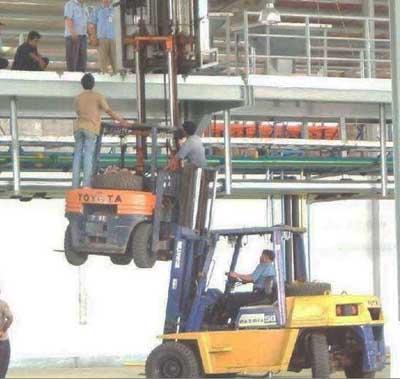Administrative Controls
Administrative controls are developed by management for the purpose of preventing or reducing exposure by controlling behaviors that may result in exposure to hazards. These controls are needed when hazards can't be adequately eliminated or mitigated through elimination, substitution, and engineering controls.
Administrative controls are policies, programs, processes, procedures, and practices that include the following examples:
- providing training for all hazardous tasks;
- developing safety procedures for all hazardous tasks;
- developing safety rules and guidelines for all work;
- developing suitable work schedules to reduce stress and fatigue; and
- creating safe work procedures and practices using job hazard analyses.
Be careful to distinguish rules from guidelines when developing administrative controls. It's important to understand that mandatory safety "rules" are required and must be followed. On the other hand, discretionary "guidelines" are voluntary. Safety managers may be justified when disciplining employees for non-compliance with rules, but they are not justified in disciplining if employees choose not to follow guidelines.
Effective administrative controls are only as effective as the safety management system that supports them. It's better to eliminate the hazard so that you don't have to rely on administrative controls that only work if employees comply with them.
Knowledge Check Choose the best answer for the question.
3-8. What is the purpose of administrative controls in the workplace?
You forgot to answer the question!

